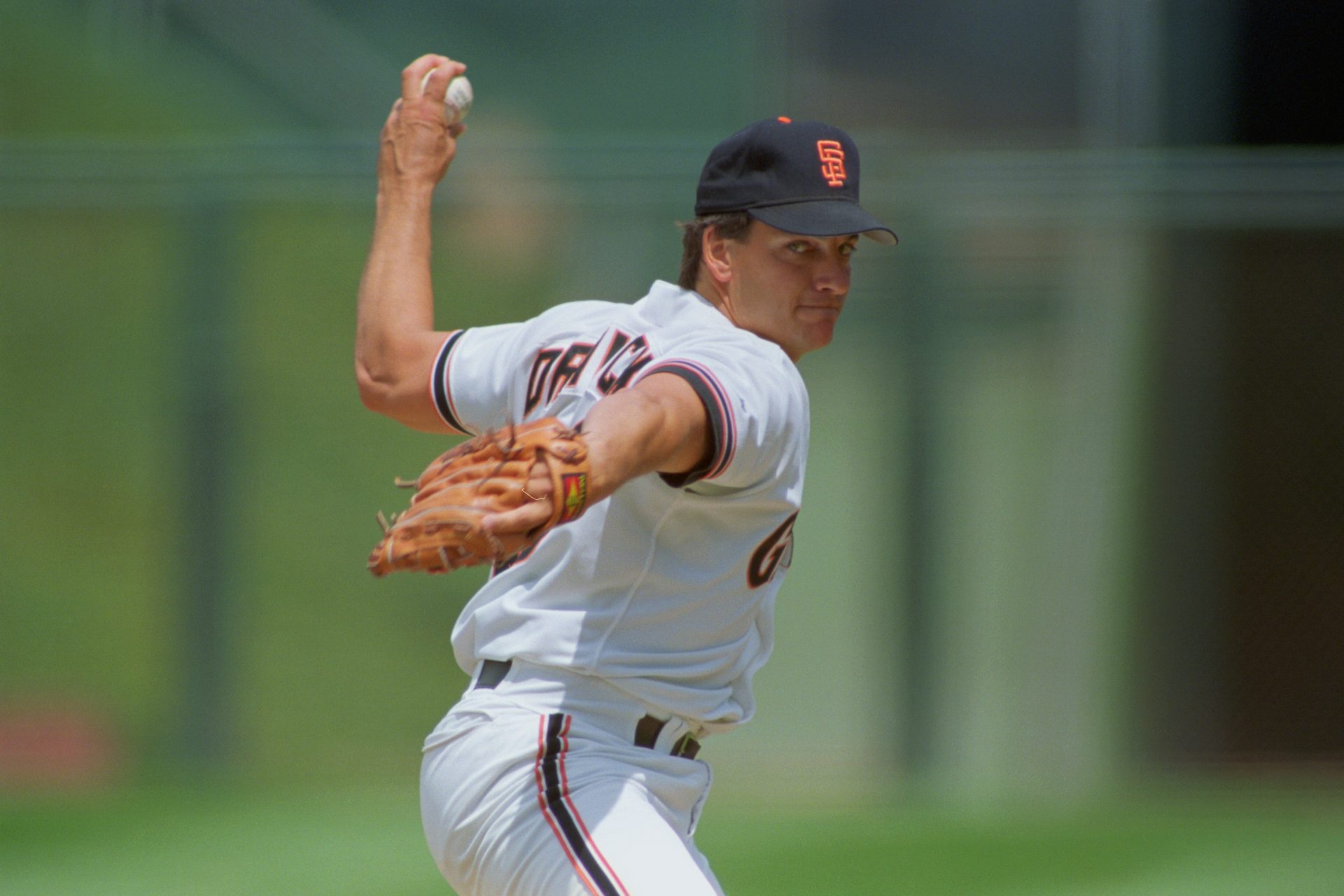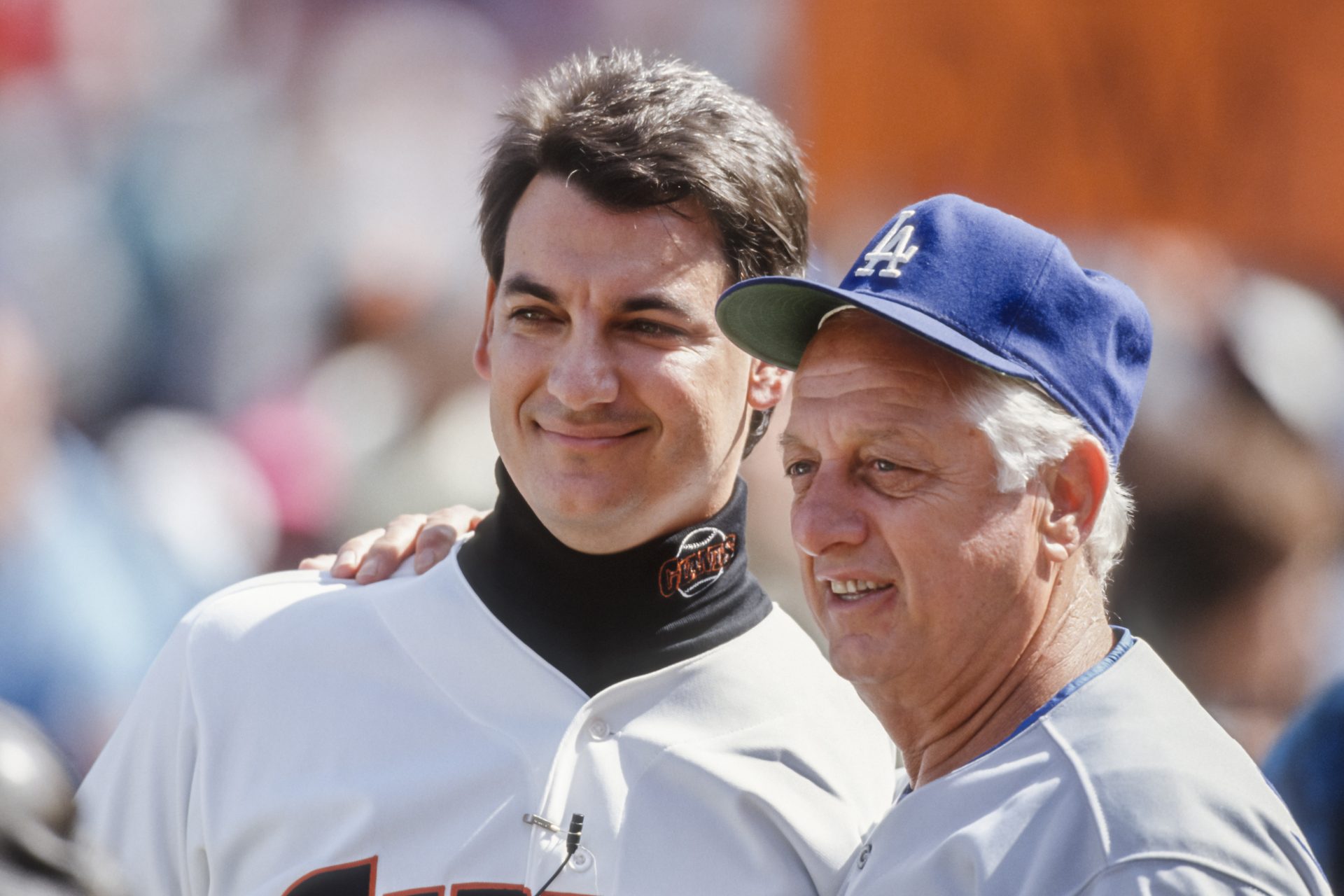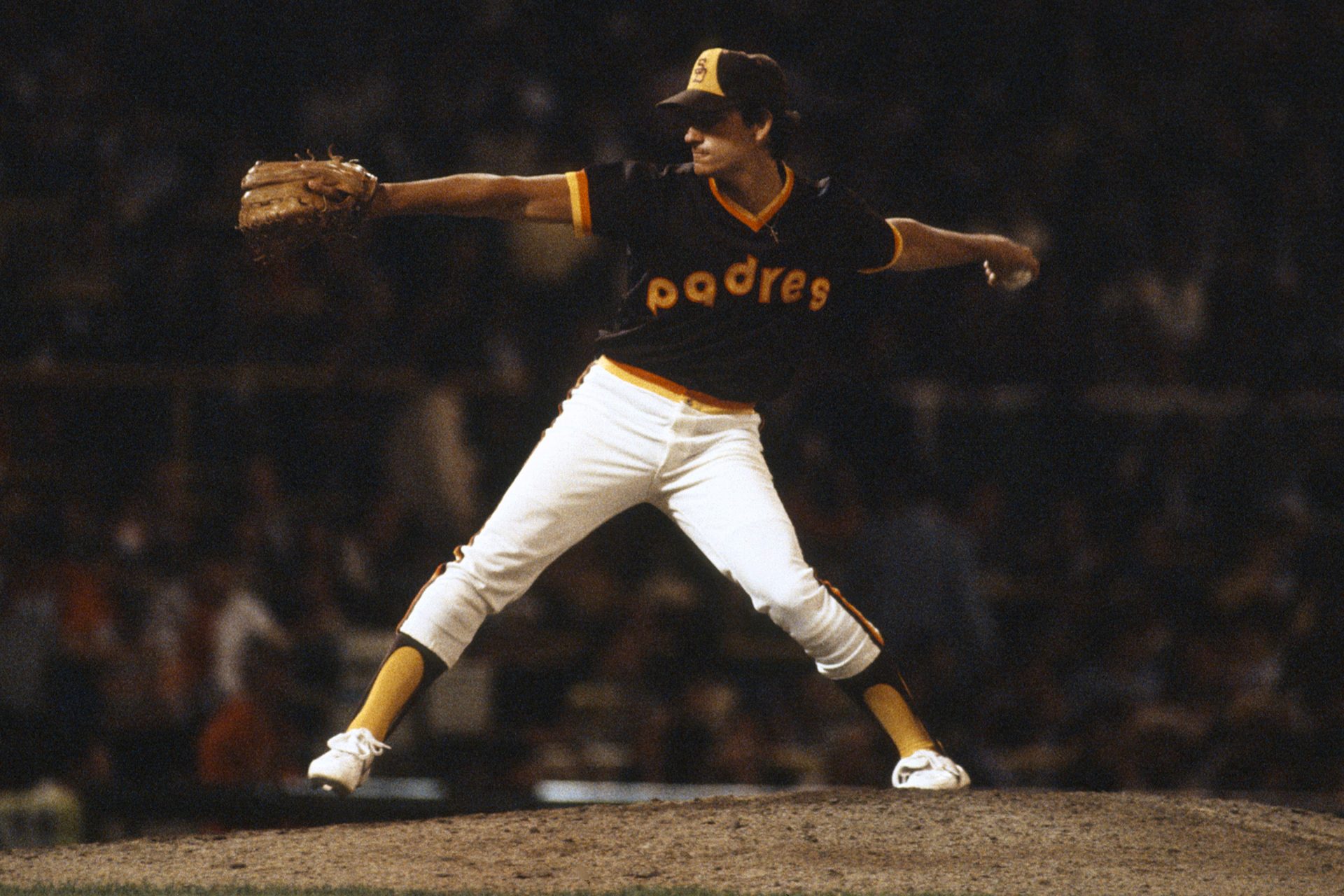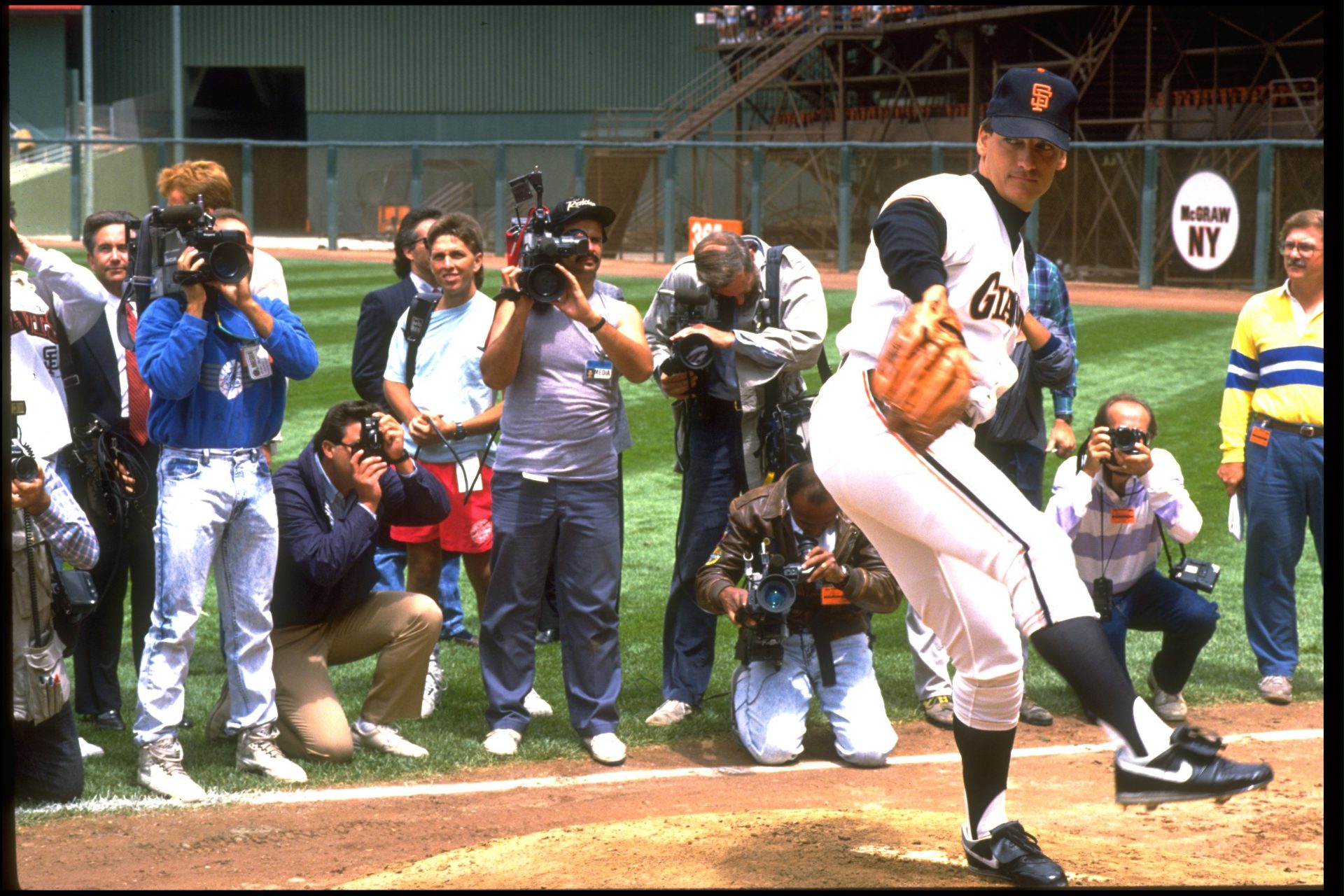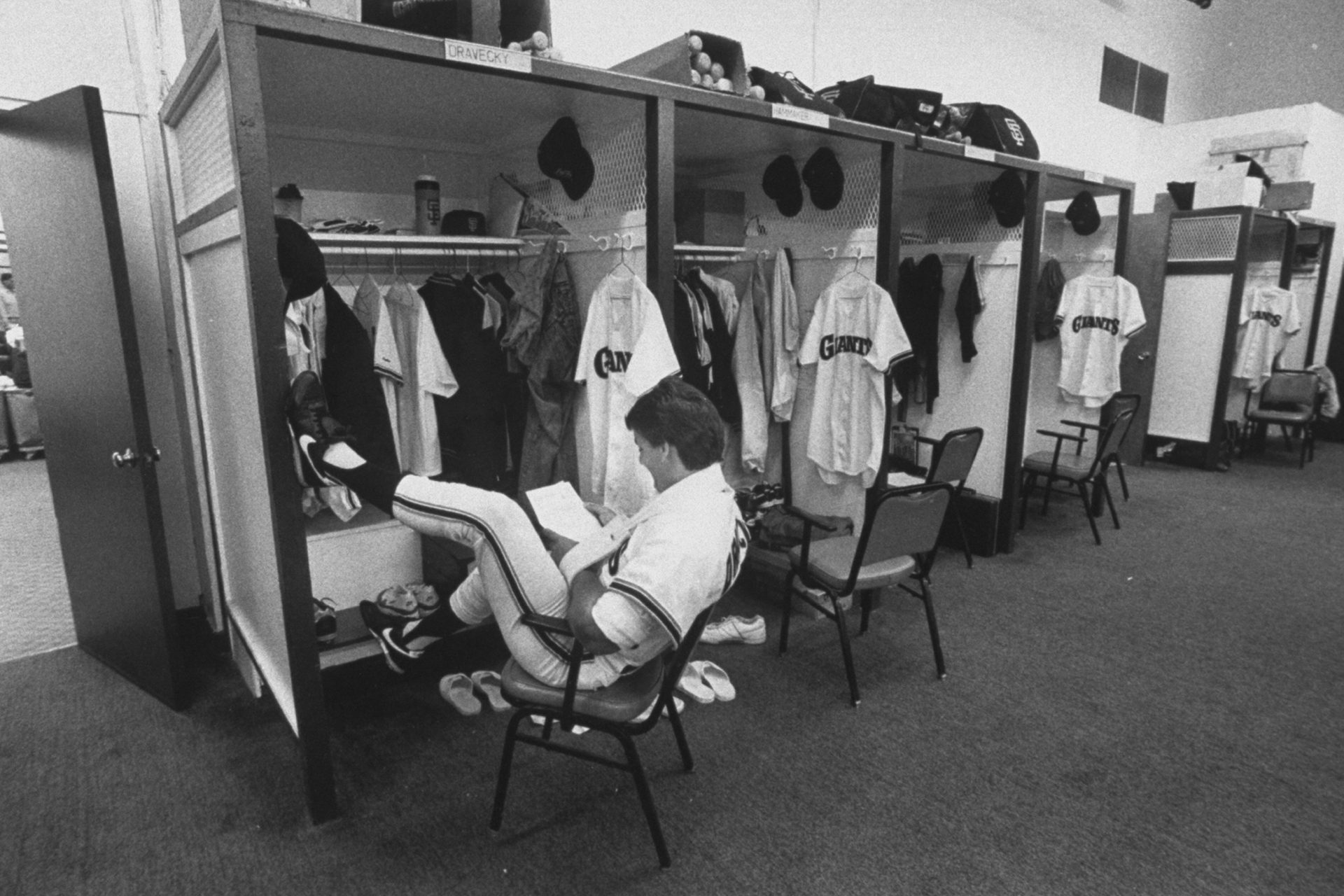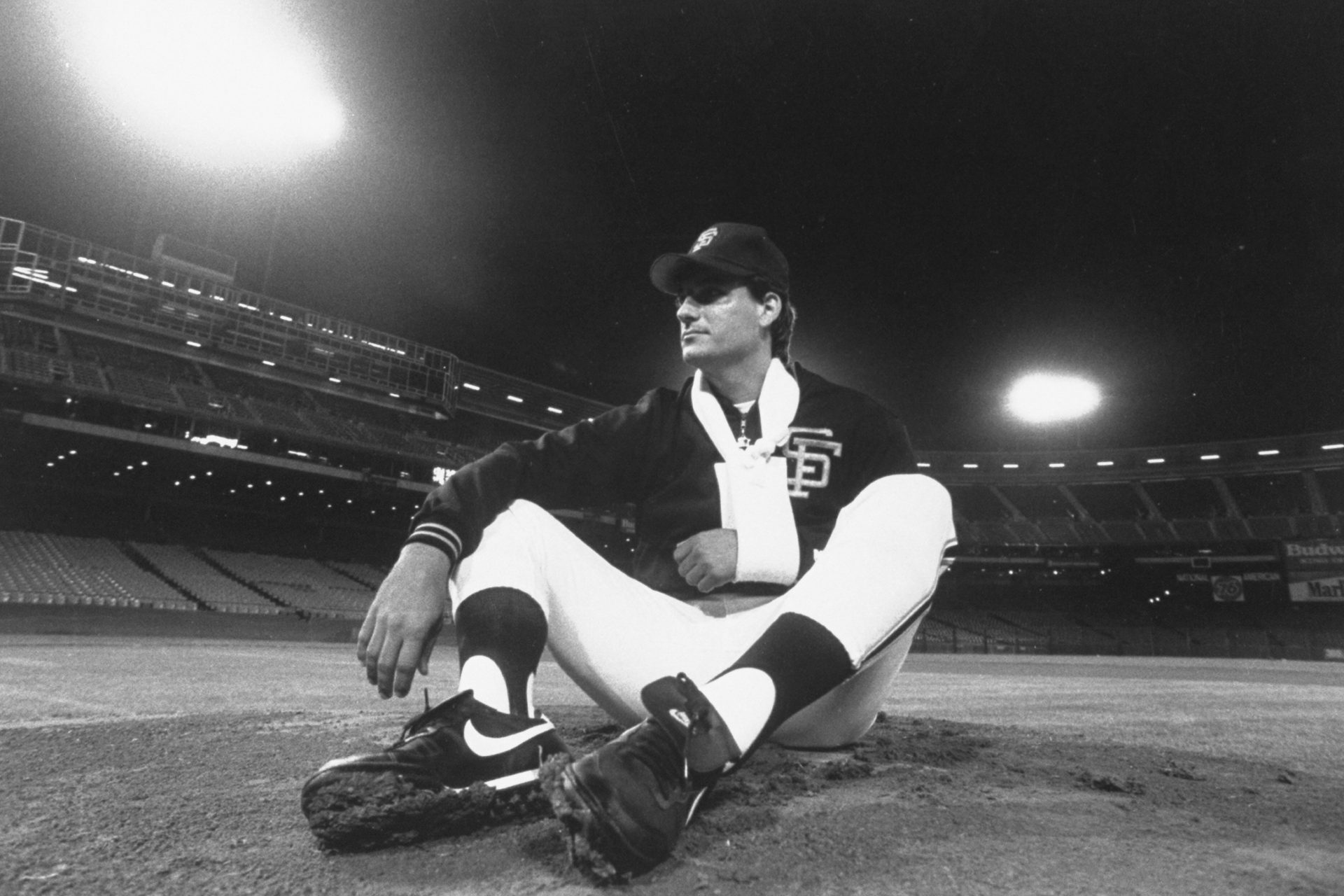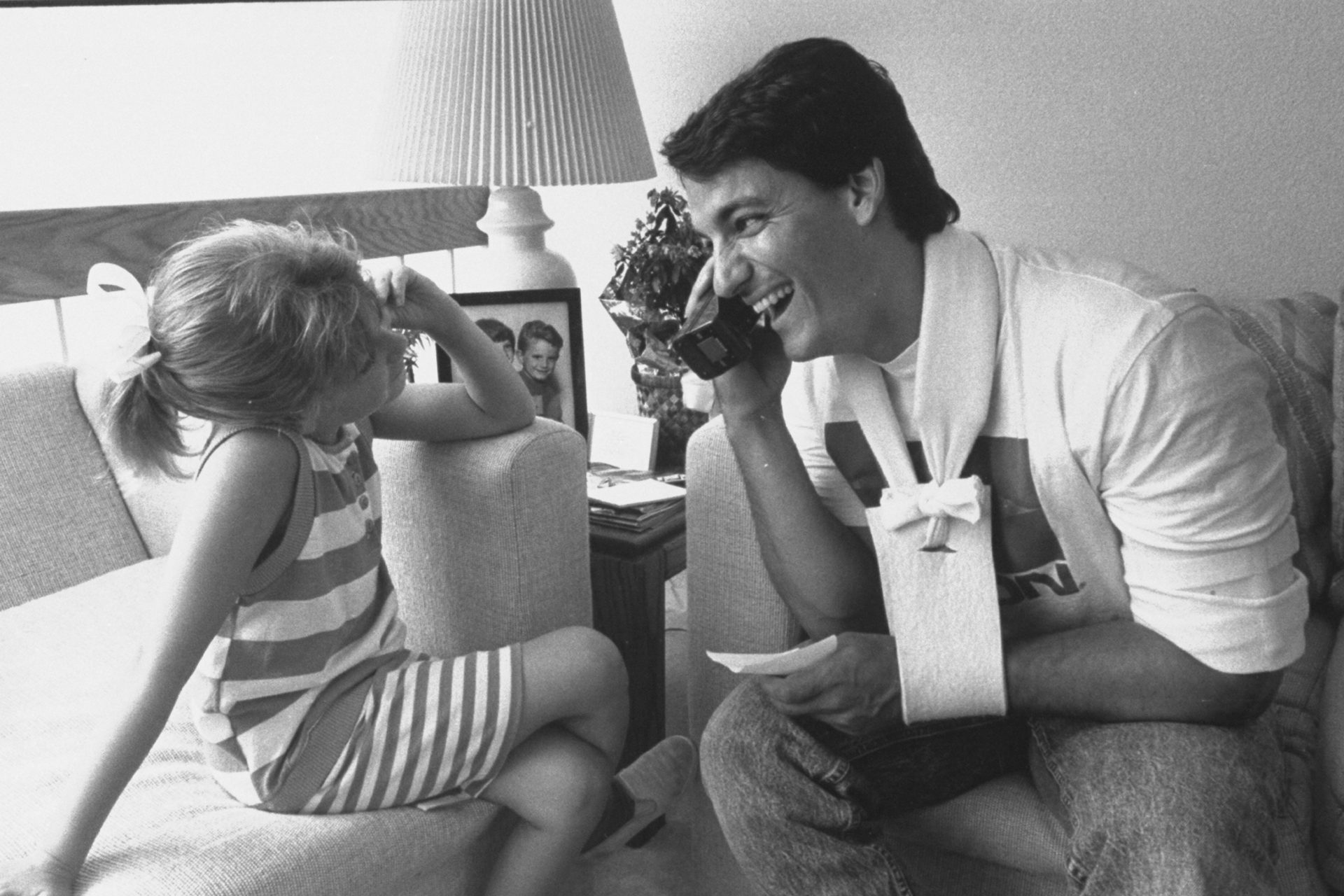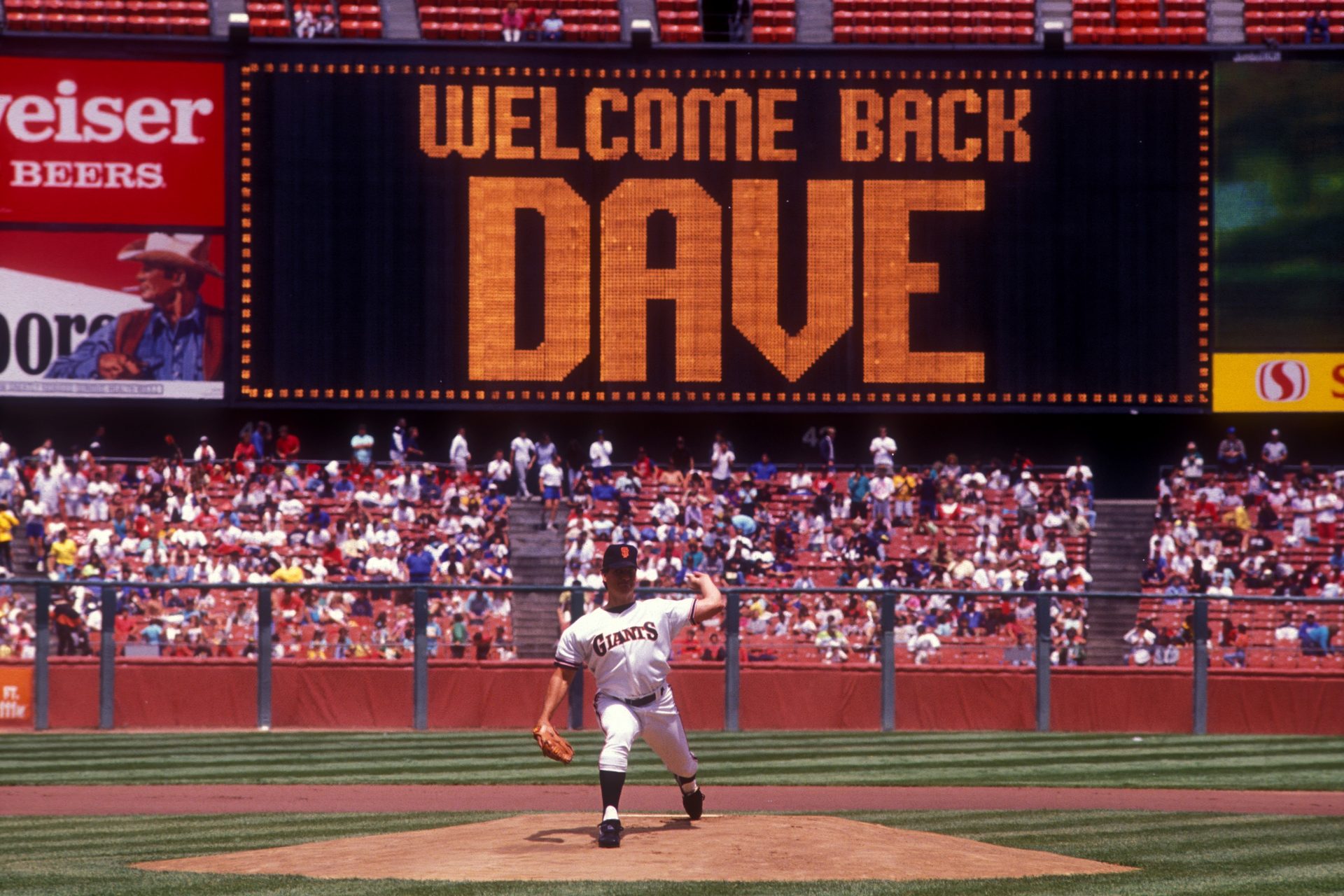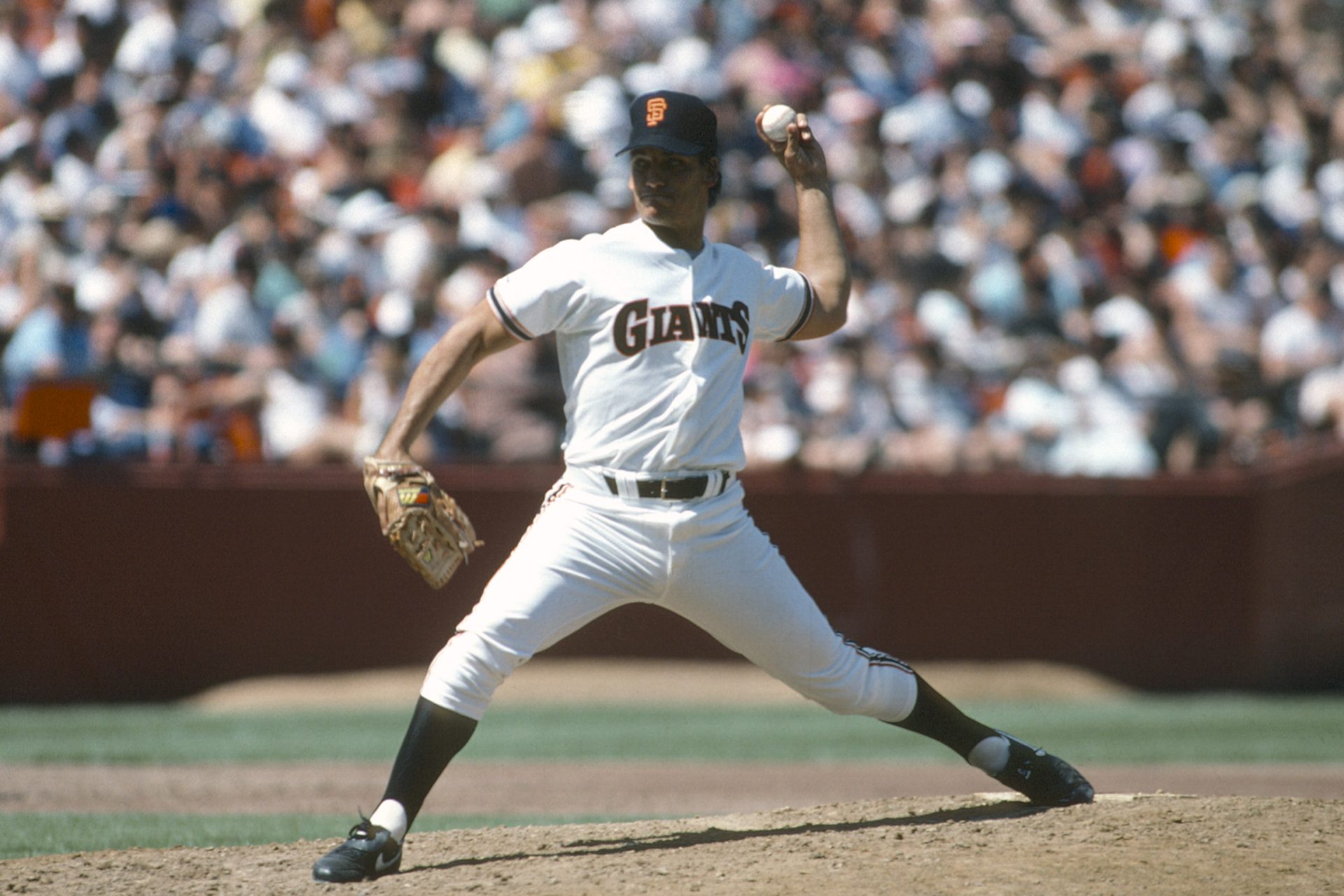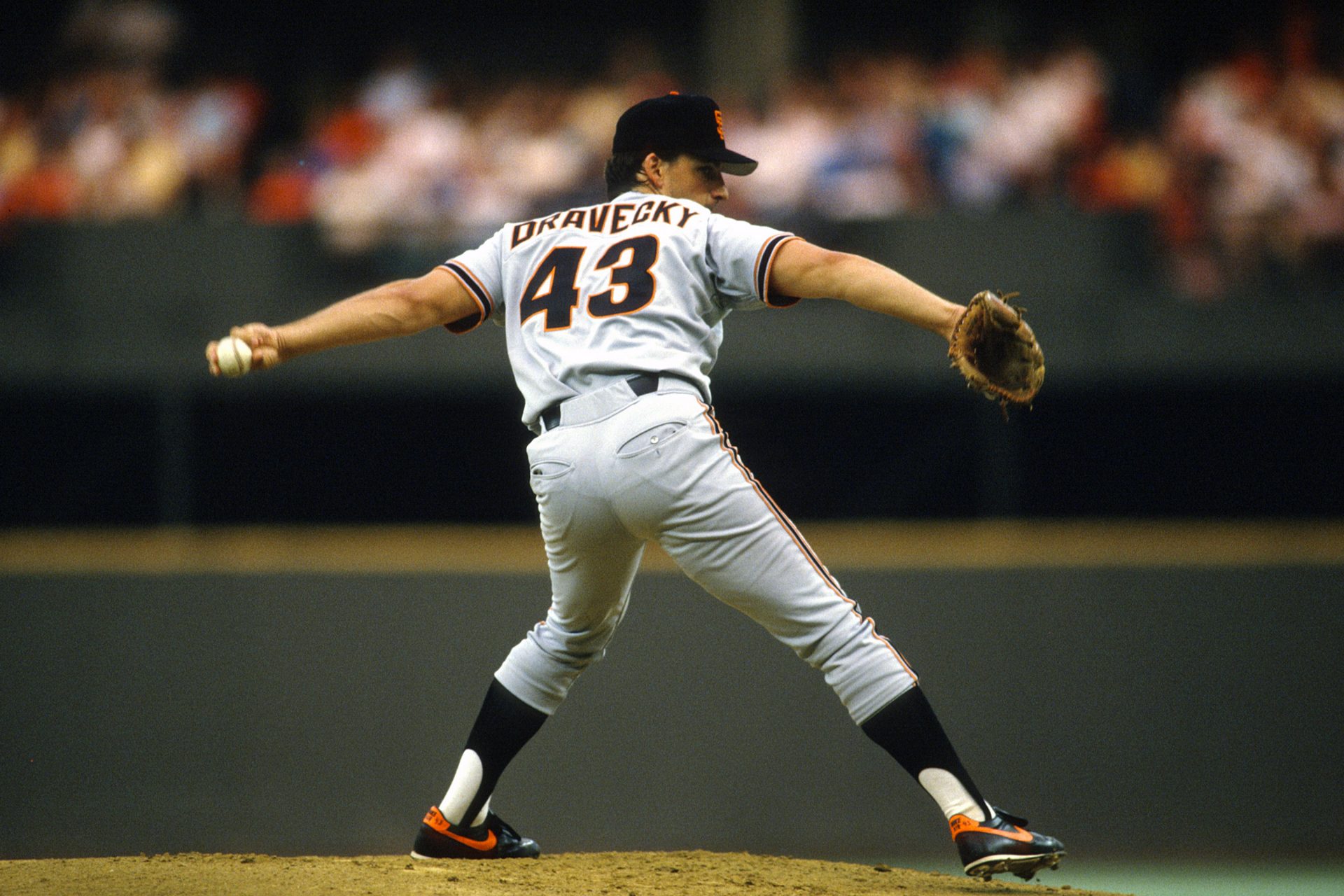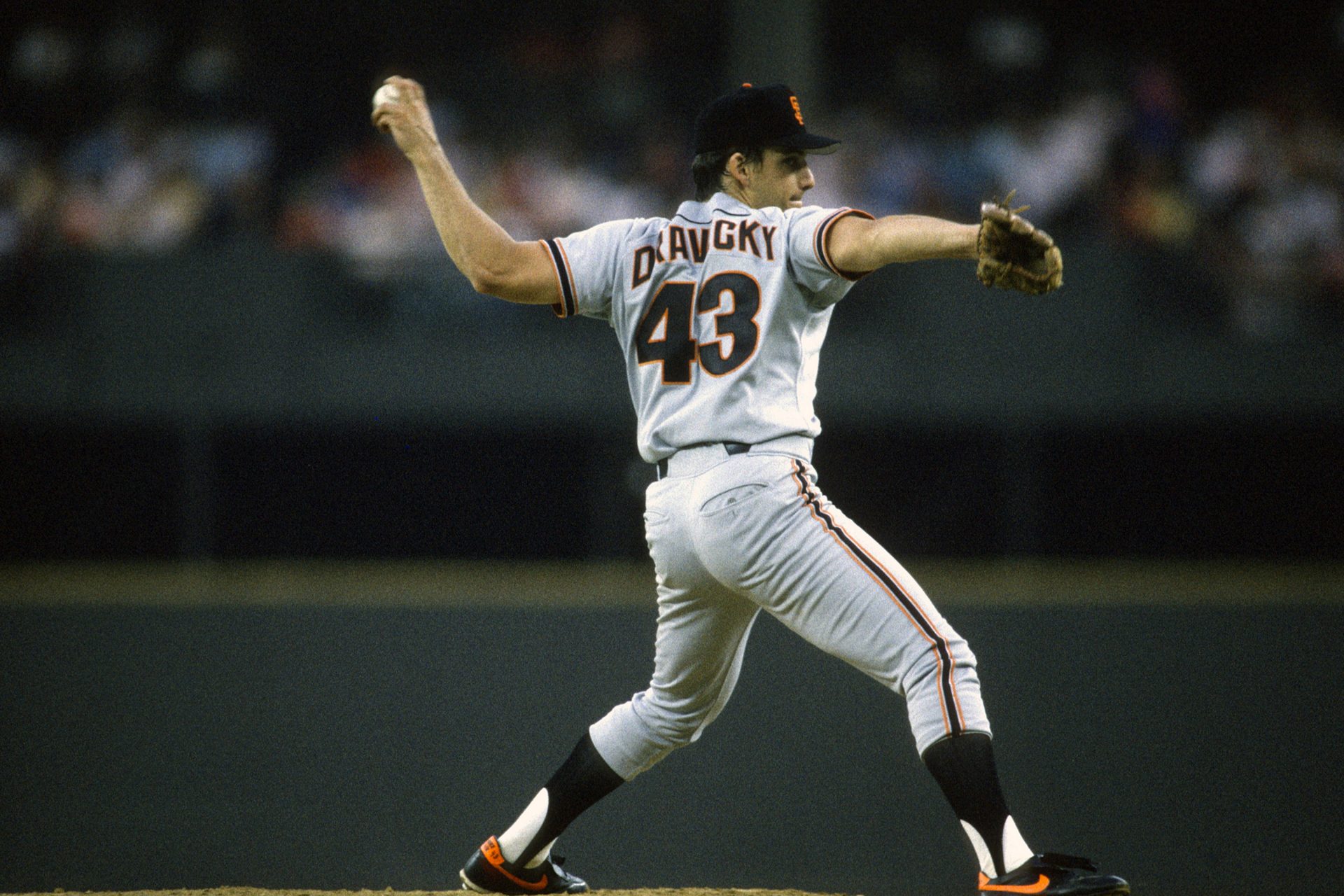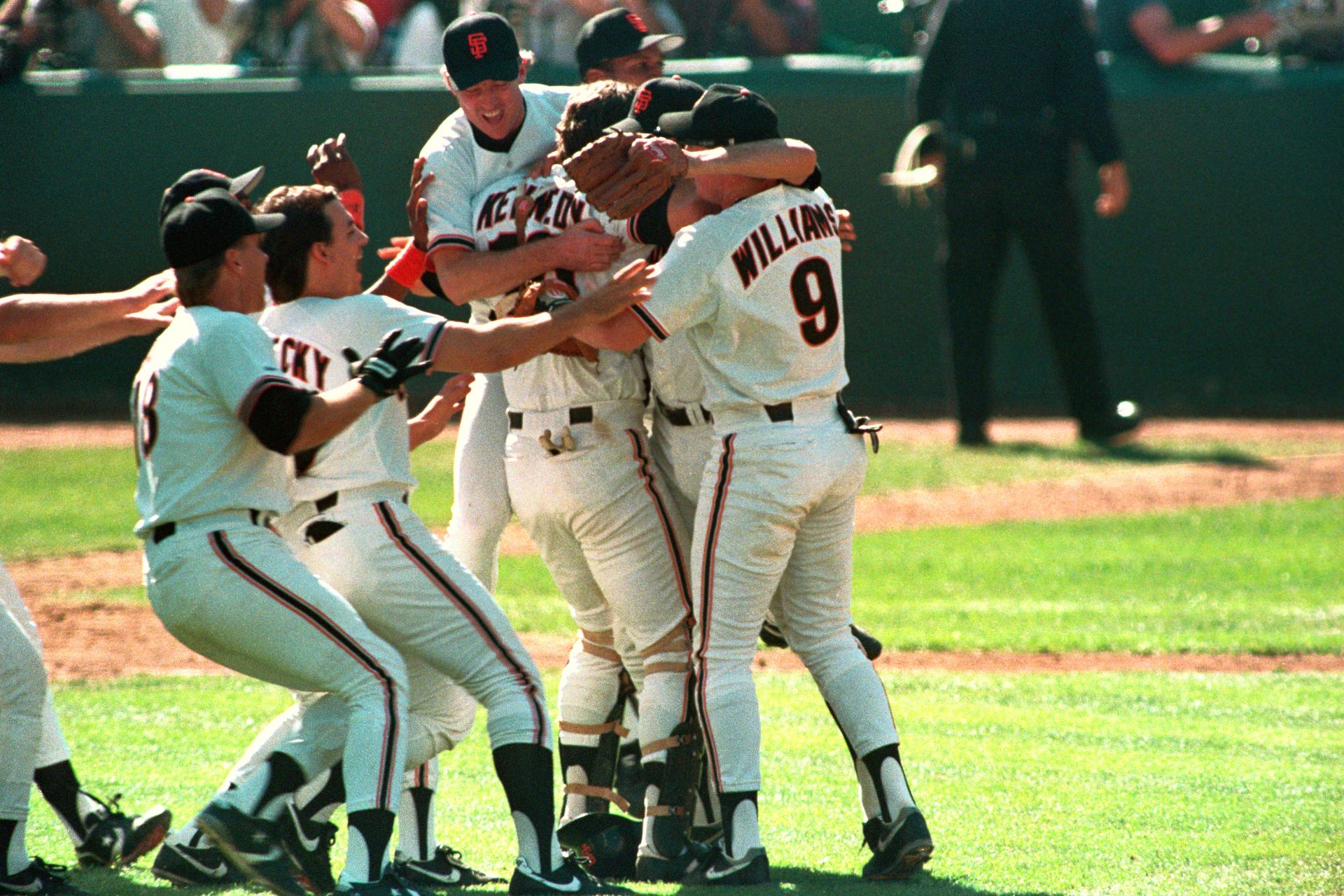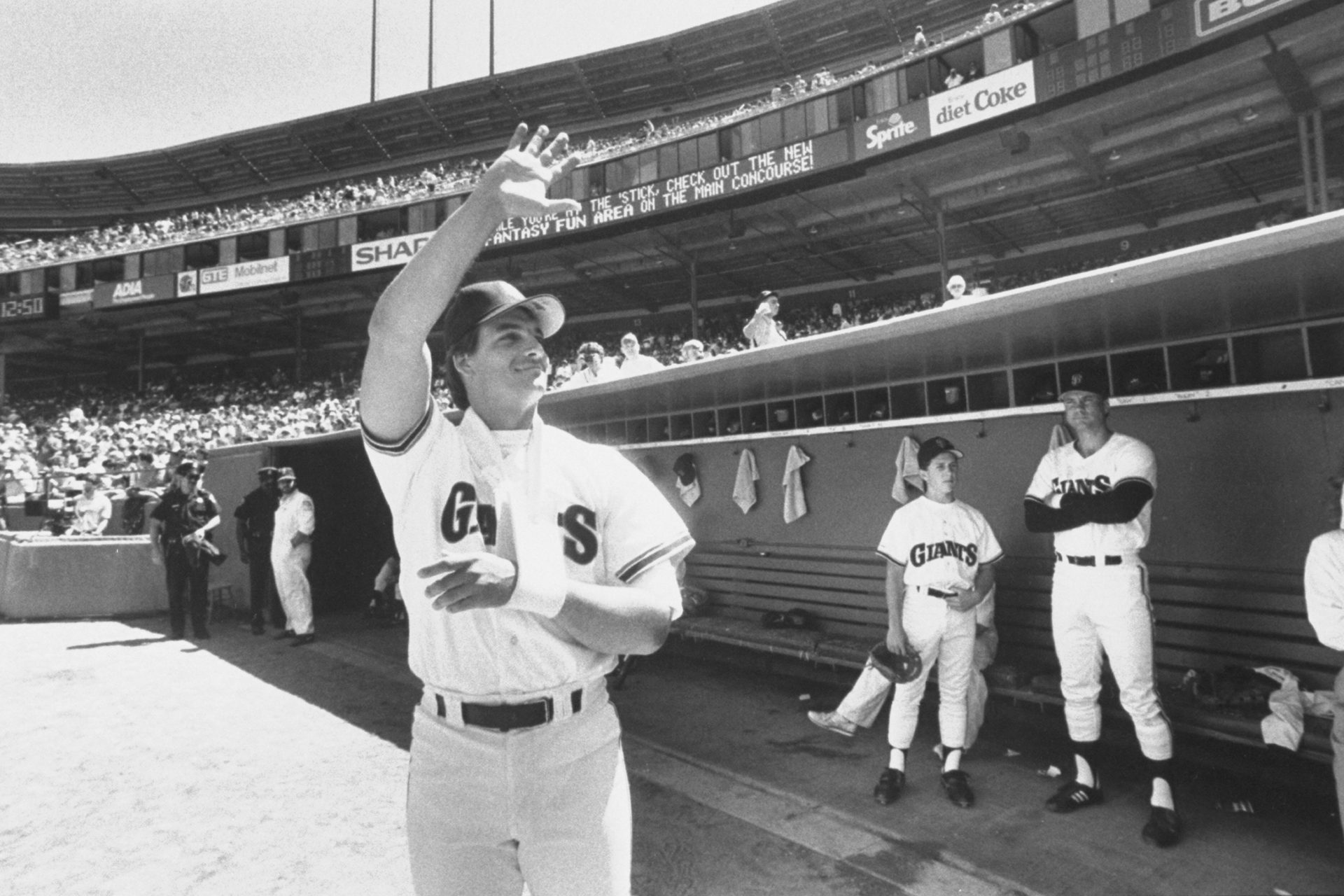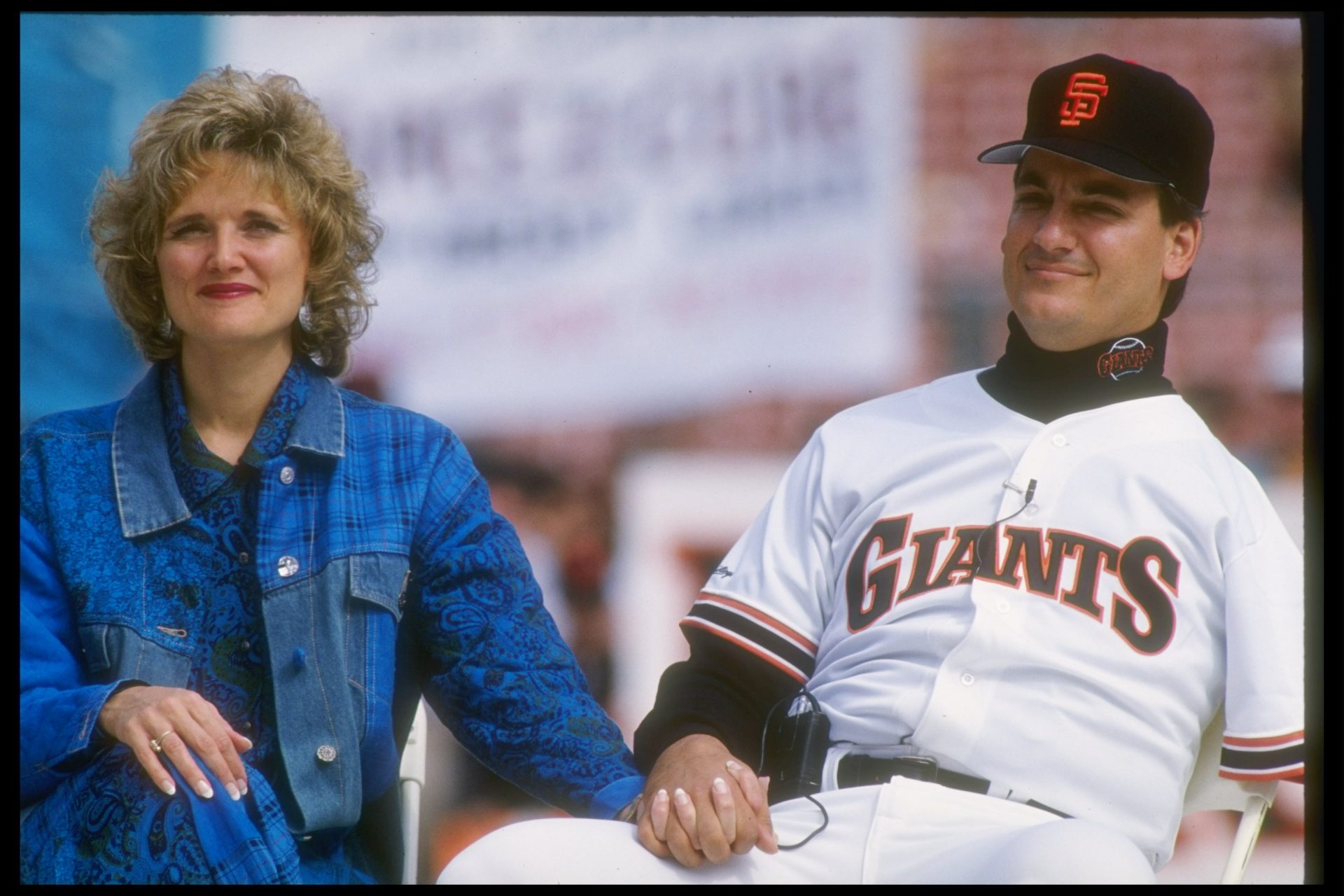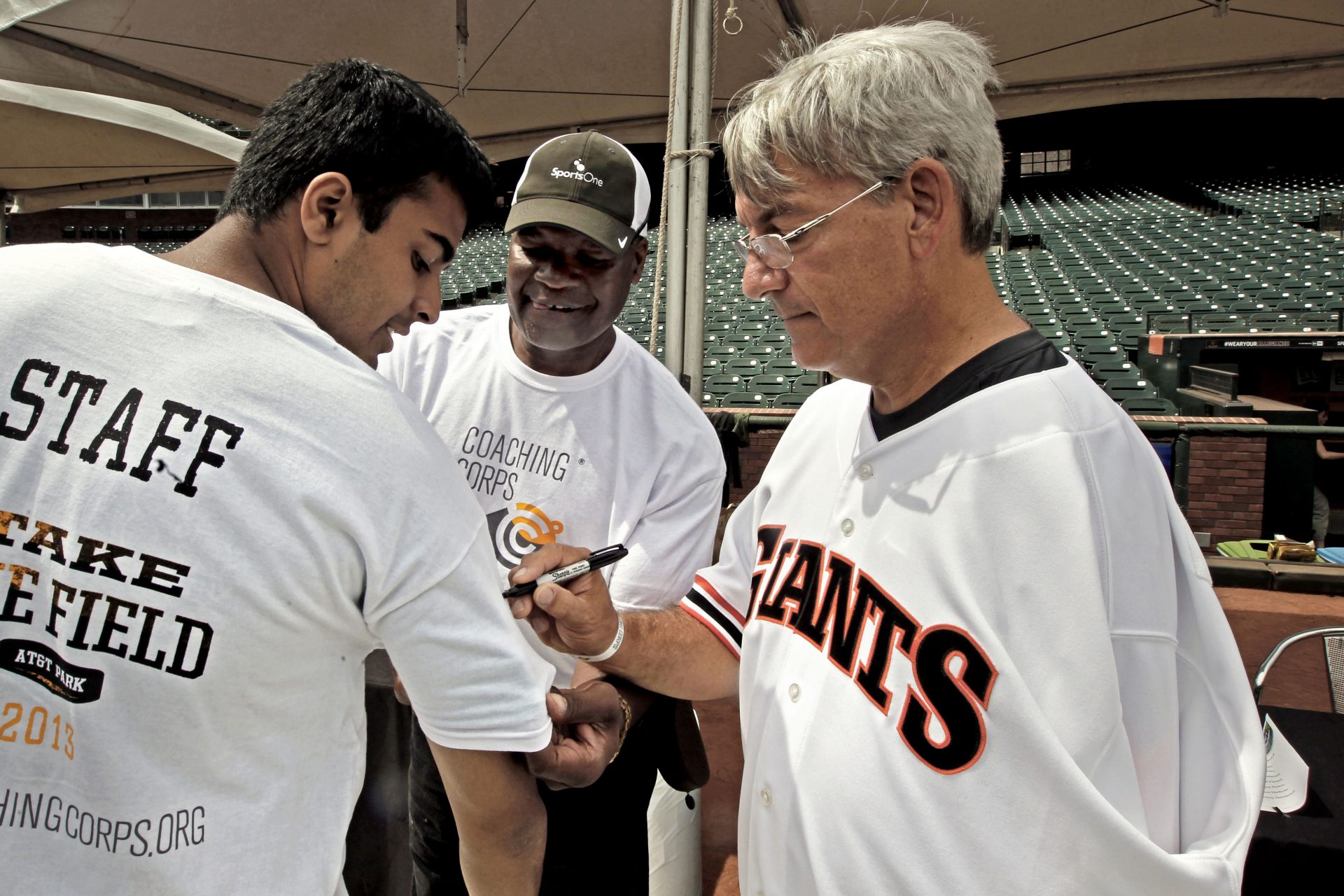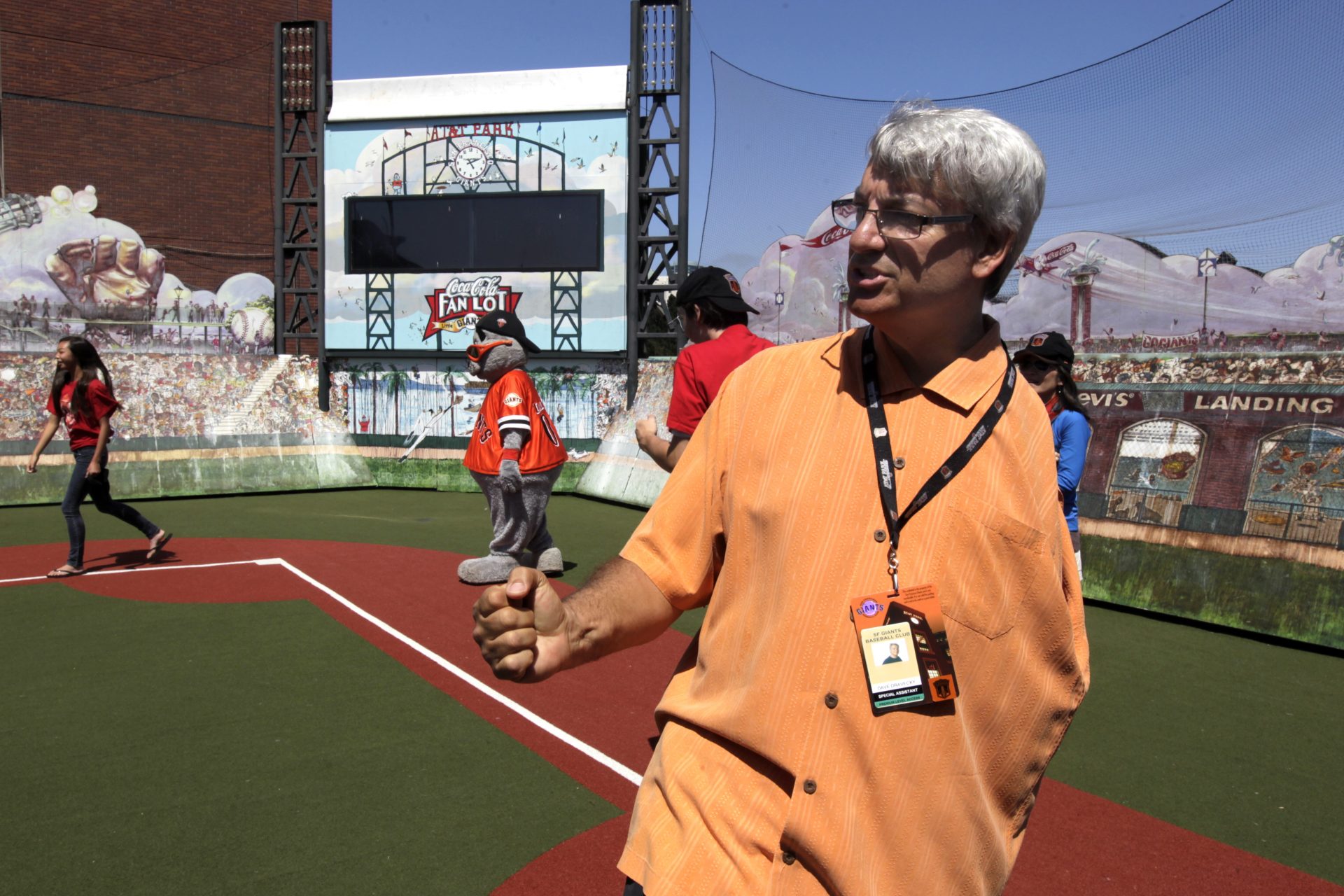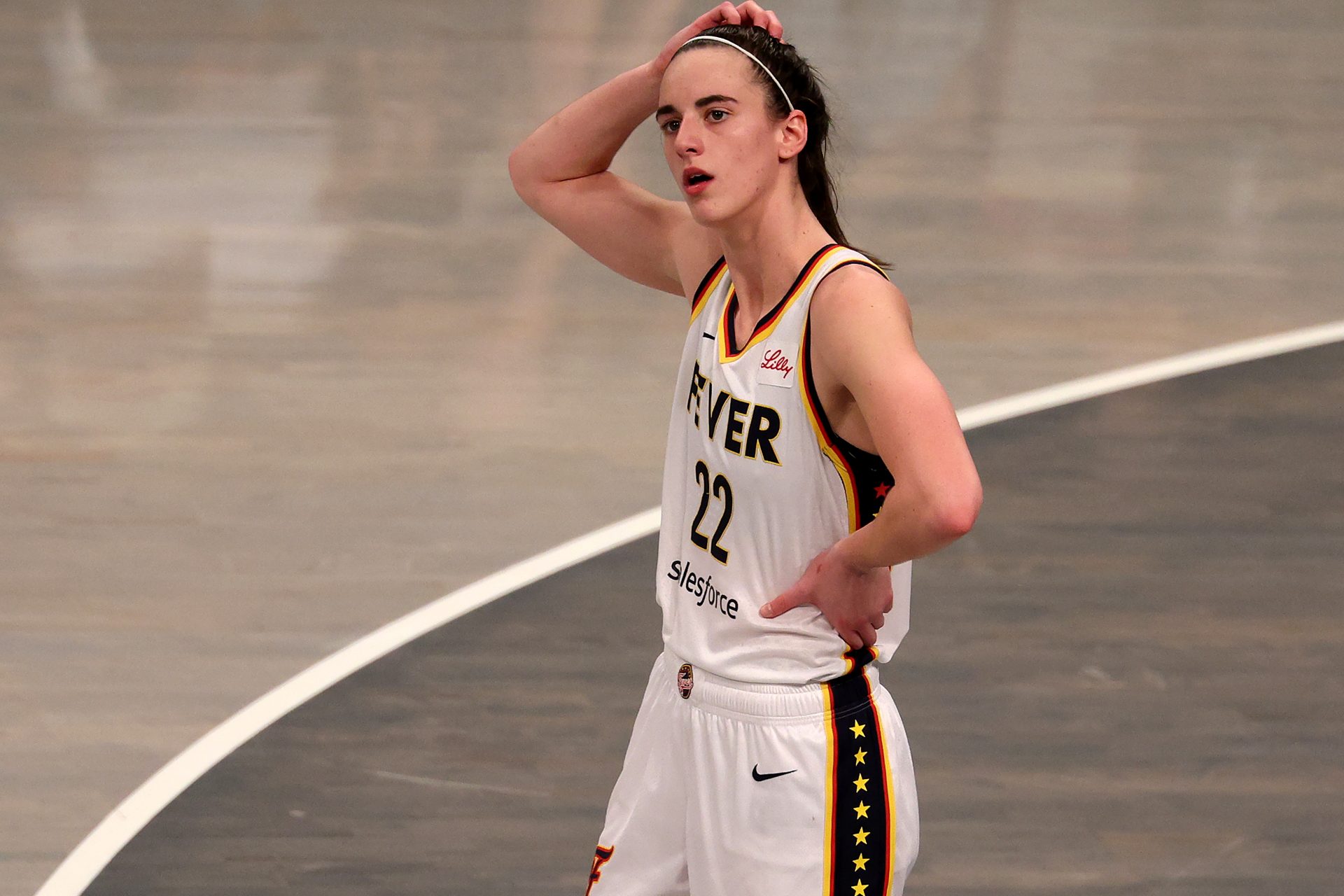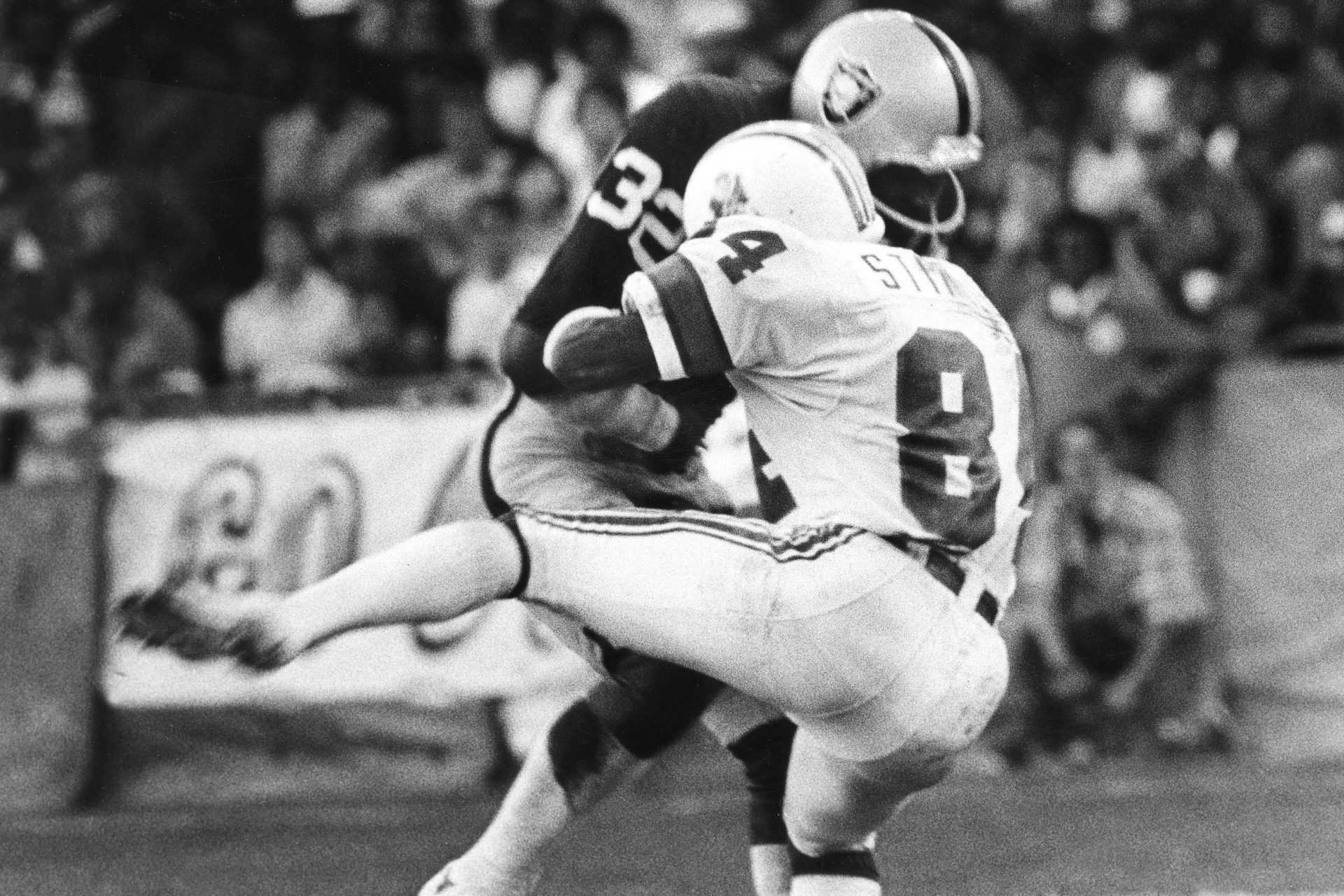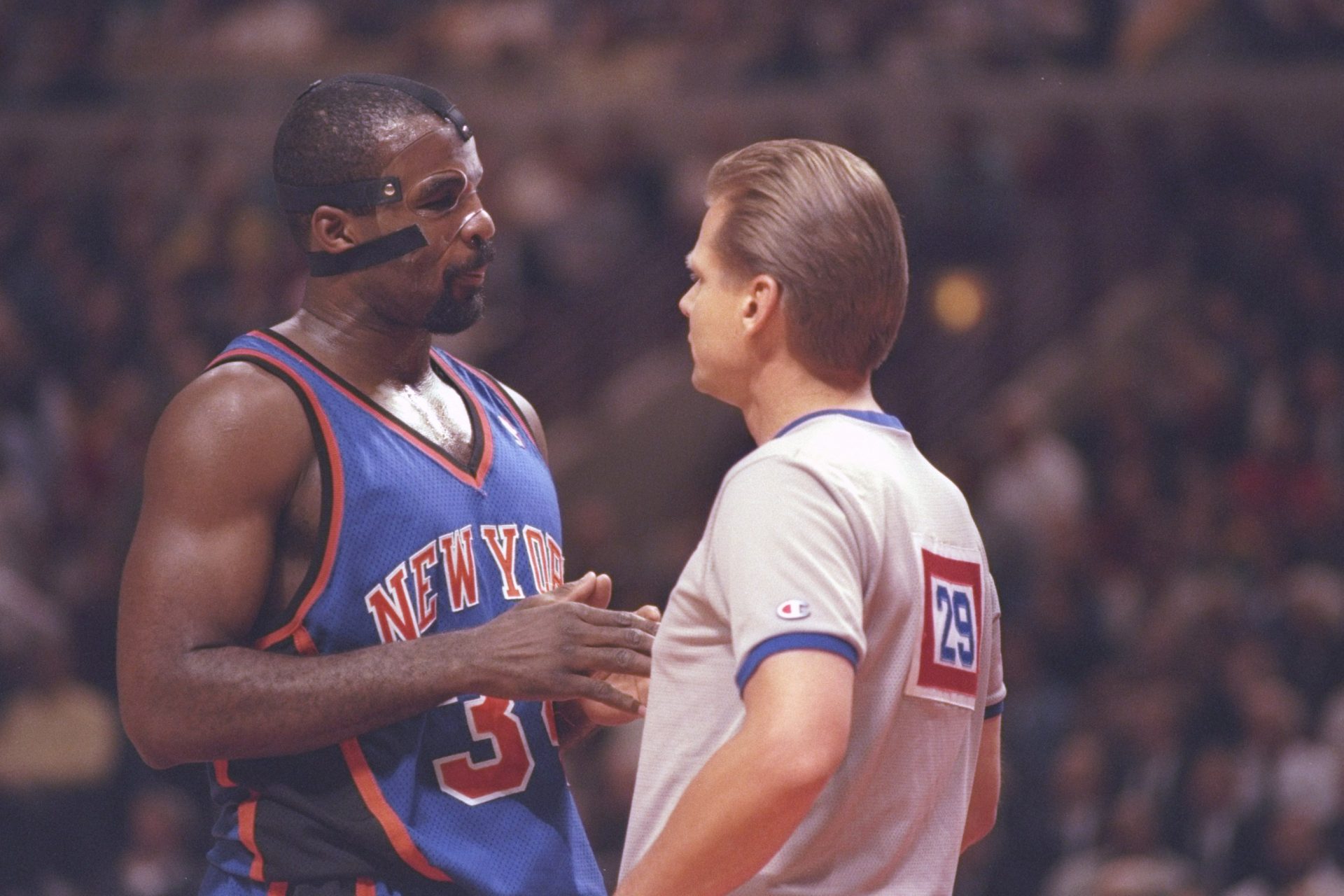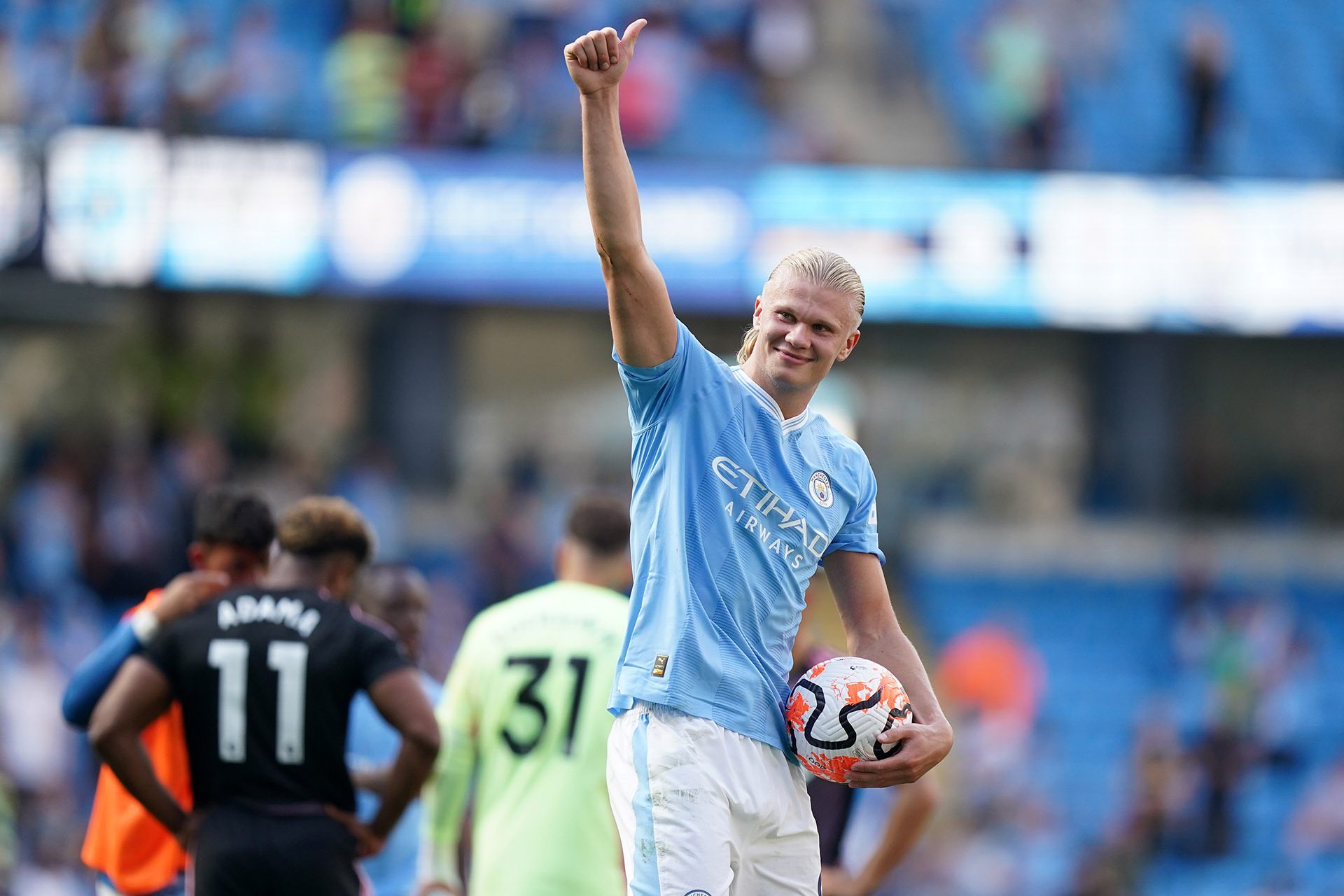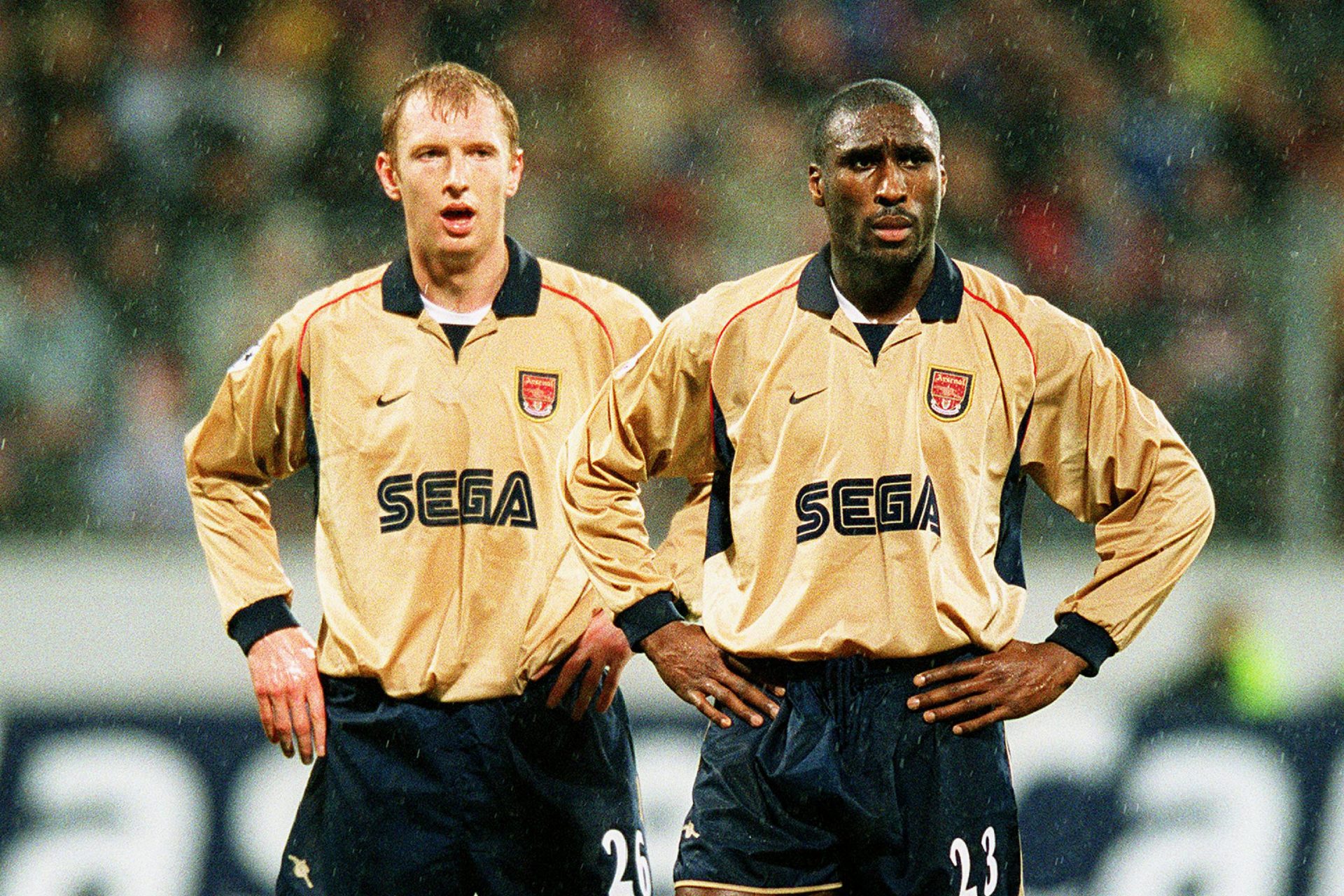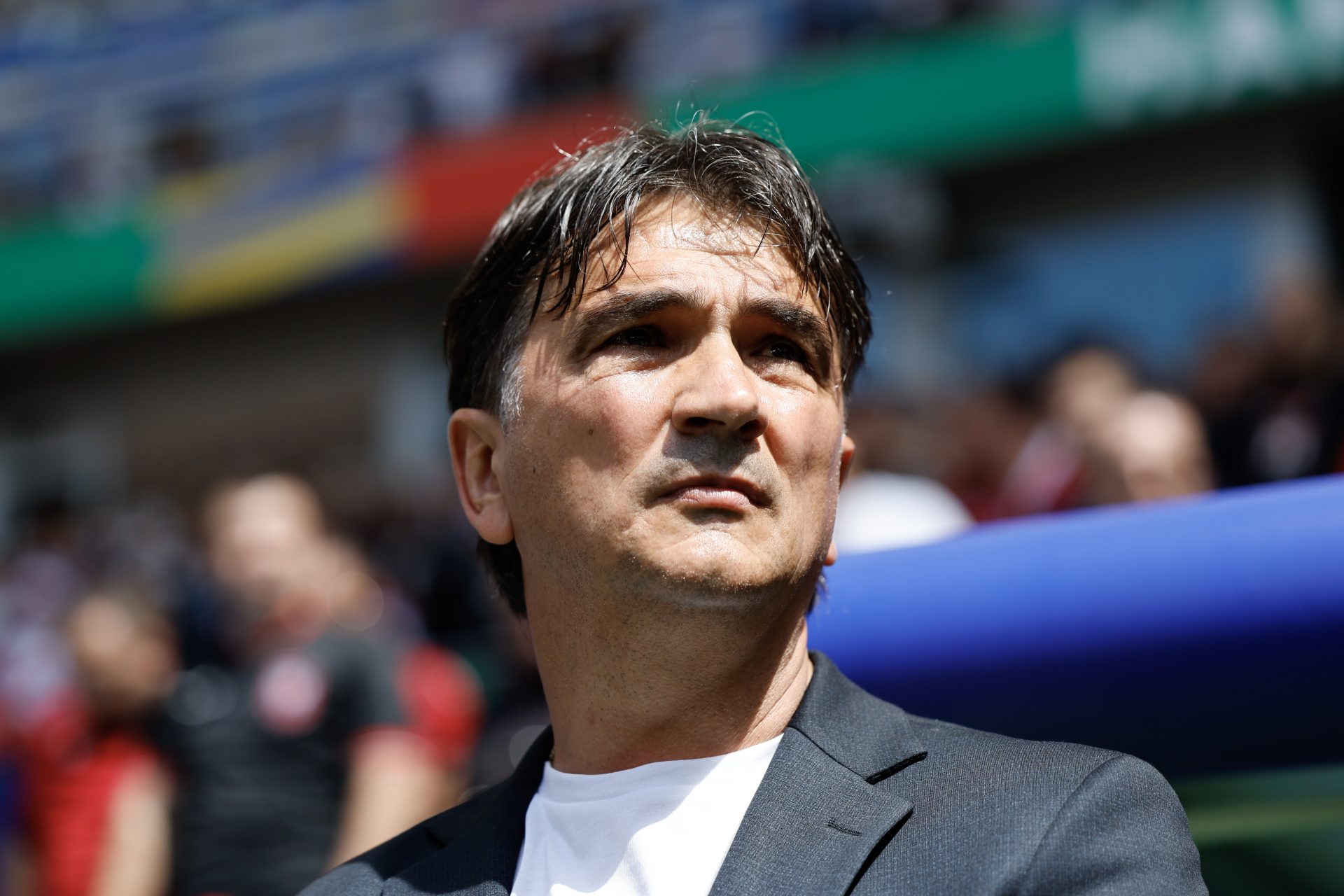The heartbreaking and inspiring story of Dave Dravecky – The MLB pitcher who lost his arm
With a piercing crack that echoed across the stadium, Dave Dravecky’s baseball career came to a shocking end. But the worst was yet to come.
Giant’s pitcher Dave Dravecky's battle is in equal parts one of the most inspiring and heartbreaking stories in the world of sports. Let’s take a look back at how Dravecky had it all taken from him, yet managed to turn what remained into a beautiful lesson about determination and overcoming the odds.
Born on February 14, 1956, in Youngstown, Ohio, Dave Dravecky’s talent on the baseball field was evident from a young age. After excelling at Youngstown State University, he was drafted by the Pittsburgh Pirates in 1978, though he made his MLB debut with the San Diego Padres in 1982. Dravecky quickly became known for his precise control and poise, helping the Padres reach the World Series in 1984.
Want to see more like this? Follow us here for daily sports news, profiles and analysis!
In 1987, after being traded to the San Francisco Giants, Dravecky was selected for the All-Star Game, solidifying his place as one of the league's top pitchers. His future seemed bright until an unexpected diagnosis in 1988 changed everything.
During a routine check-up in 1988, Dravecky was diagnosed with a desmoid tumor in his left arm. This rare form of cancer, affecting the connective tissue, threatened not only his career but his life. The tumor was deeply embedded in the deltoid muscle, leading to a complex surgery that removed a significant portion of his muscle tissue and part of his shoulder blade.
The surgeons removed 50% of Dravecky’s deltoid muscle, using cryosurgery to freeze and destroy the cancerous tumor – obviously a crucial thing to take from a professional pitcher. Dcotors told him that barring a miracle, he would never pitch again, as recounted by the Society for American Baseball Research.
Despite the gravity of the situation, Dravecky remained hopeful. "I knew that whatever happened, I had to keep going," he later reflected in his autobiography 'Comeback'. His deep faith, coupled with the support of his family, especially his wife, Jan, became his anchor during this challenging period.
As far as Dravecky knew, God had his own plan for him, and against all odds and prognosis, Dravecky did indeed make a 'miraculous' return to baseball in August 1989 – less than a year after his surgery.
His comeback game against the Cincinnati Reds on August 10, 1989, was nothing short of extraordinary. Dravecky pitched eight strong innings, throwing a shutout over the first seven innings — retiring 21 of the first 23 batters he faced – and lead the Giants to a 4-3 victory after shutting down a three-home run comeback effort from Luis Quinones.
The performance was hailed as one of the most inspiring moments in sports, and Dravecky’s determination captured the hearts of fans across the country. But just five days later, in his next start against the Montreal Expos, tragedy struck again.
Want to see more like this? Follow us here for daily sports news, profiles and analysis!
In the sixth inning, while throwing a pitch, Dravecky’s arm snapped, the sound echoing through the stadium. The bone that had been frozen during the cancer treatment was just not strong enough for pro baseball.
"It sounded like someby shot a 22’," teammate Dave Clark told MLB in 2024. Clark would also be the first to make it to console Dravecky. "I was rolling around and there was nobody there," Clark said. "It took a while for the medical staff to get out to me … I just wanted to be there for Dave."
Image Credit: Screenshot YouTube @MLB
Yet even after the break, he did not give up on pitching again. However, the end did come soon after during an on-field celebration after the Giants beat the Cubs in the NLCS. While Dravecky was celebrating with his teammates (pictured, second from left), he was accidentally pushed from behind and broke his arm again. Shortly after the new break, his cancer returned.
Following the new fracture, further medical examinations revealed that the cancer had returned and was aggressively spreading. Despite spending the better part of two years battling infections and ongoing cancer treatment, nothing was working.
In a bid to save his life, Dravecky faced a heart-wrenching decision: the amputation of his left arm and shoulder. On June 18, 1991, the surgery was performed. Reflecting on this experience, Dravecky said in 'Comeback,' "Losing my arm was like losing a part of myself, but I knew I had to survive, for my family and for the future that still awaited me."
The loss of his arm and career was a profound blow, but Dravecky chose to turn his personal tragedy into a source of strength for others. Together with Jan, he founded 'Endurance,' a ministry aimed at providing support to those facing life-altering challenges such as cancer and amputation.
Determined to do as much with his time, Dravecky has also become a sought-after motivational speaker, sharing his story of faith and perseverance. His books, 'Comeback' and 'When You Can’t Come Back,' became bestsellers, touching readers with their raw honesty and uplifting messages about re-valuating your self-worth, as he states on his website: "It's not what you do that matters most —it's who you are."
Want to see more like this? Follow us here for daily sports news, profiles and analysis!
More for you
Top Stories



